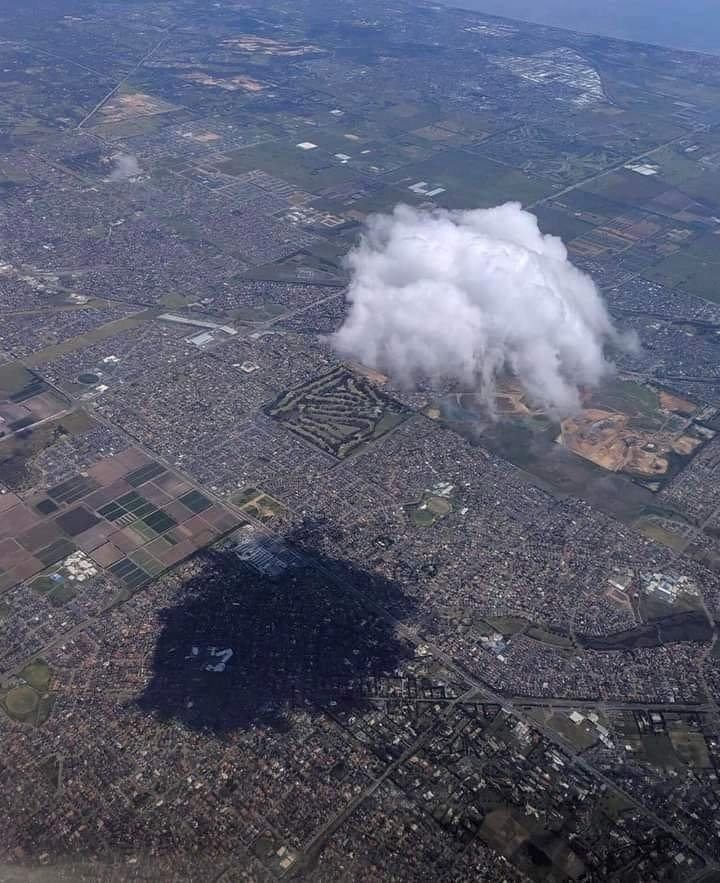
Flying for the first time is one of life’s most exciting milestones. From the buzz of boarding the plane to the breathtaking view as you soar through the clouds, it feels like stepping into a whole new world. Everything looks magical — tiny cities below, rivers winding like silver ribbons, and a horizon that seems to stretch forever.
But there’s something about that beautiful window view that many first-time flyers don’t realize right away. Beyond the wonder and excitement, there’s an important reality about what you’re actually seeing — or rather, what you’re not seeing.
Let’s take a closer look at what’s happening during your first flight experience, why that jaw-dropping view comes with a catch, and how understanding it can actually make your journey even more fascinating.
The Magic of First-Time Flight
There’s nothing quite like lifting off the runway for the first time. That moment when the wheels leave the ground and the plane climbs higher and higher is pure adrenaline mixed with awe.
Out the window, the world shrinks rapidly: cars become dots, roads turn into thin lines, and entire neighborhoods look like miniature models. It’s natural to feel glued to the glass, soaking in a view you can’t get anywhere else.
For many people, that first glimpse of the Earth from above is unforgettable — an experience that makes the world feel both enormous and incredibly small at the same time.
But Wait—There’s Something You Should Know
As breathtaking as that view may seem, what you’re seeing isn’t a crystal-clear representation of the world below. Airplane windows — especially at cruising altitudes — don’t offer the sharp, high-definition image your eyes might expect.
Why? There are a few important reasons:
1. Airplane Windows Are Made to Prioritize Safety Over Clarity
The windows on commercial airplanes are built for strength and pressure resistance, not for perfect visual clarity. Made of multiple layers of strong acrylic or polycarbonate materials, these windows are designed to withstand dramatic changes in pressure and temperature as the plane climbs to cruising altitudes of 30,000 feet or more.
This multi-layered construction can cause some visual distortion, making the view slightly blurrier or hazier than you might expect when looking through a standard glass window.
2. The Atmosphere Plays Tricks on Your Eyes
The farther you are from the ground, the more atmosphere you’re looking through. Dust, moisture, and other particles in the air scatter light, which can create a hazy or washed-out effect — especially when you’re trying to see things far below.
This is the same reason distant mountains or skyscrapers often look faint and bluish from afar, even when you’re standing firmly on the ground.
At 30,000 feet, that effect is amplified, meaning the colorful details of the world below can appear muted or blurred.
3. Scratches and Frosting Add to the Blur
Over time, airplane windows get tiny scratches from cleaning, air pressure changes, and exposure to the elements. You might also notice slight frosting or crazing — small cracks that don’t affect the window’s strength but do affect how clearly you can see through it.
All of these factors combine to create a view that’s beautiful, yes — but not exactly pristine.
Should You Be Disappointed? Not at All
Learning that your view from 30,000 feet isn’t perfectly clear doesn’t make it any less magical. In fact, it might make it even more fascinating when you think about it.
Consider this: you’re traveling at hundreds of miles per hour, floating above the Earth, protected by incredible engineering that allows humans to defy gravity itself. Even if the view is a little fuzzy, it’s still a view that, a hundred years ago, most people could only dream of seeing.
Plus, seeing the Earth from that altitude — even through a slightly imperfect window — gives you a new perspective. You realize how big, interconnected, and beautiful the planet truly is.
Tips for Enjoying Your First Flight to the Fullest
If you’re gearing up for your first flight and want to make the most of the experience, here are a few quick tips:
-
Choose a window seat: If you want to enjoy the view, booking a window seat is a must. Seats near the wing provide the best balance of views and smoothness during turbulence.
-
Fly during the day: Daytime flights offer the best chance to see landscapes, cities, and even mountain ranges below.
-
Clean your window area: Sometimes just gently wiping the inside of the window (if allowed) with a cloth can help remove smudges and improve your view slightly.
-
Bring sunglasses: Sunlight above the clouds can be extremely bright. Sunglasses will help you enjoy the view without straining your eyes.
-
Appreciate the big picture: Remember, it’s not just about spotting tiny buildings — it’s about marveling at the incredible experience of flight itself.
Final Thoughts
That first airplane ride is a memory you’ll likely treasure for life. Even if the view out the window isn’t quite as crystal clear as you imagined, it’s still a glimpse into something extraordinary: the wonder of flight, the beauty of our planet, and the miracle of modern travel.
So go ahead — press your forehead against the window, soak in that hazy, breathtaking view, and savor every moment. Because no matter how blurry it might be, seeing the world from above for the first time is a feeling that never really fades.





